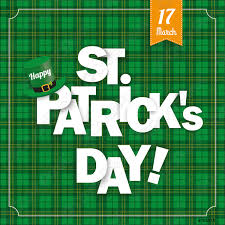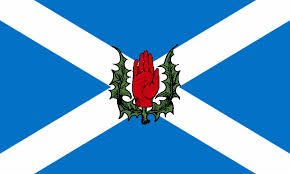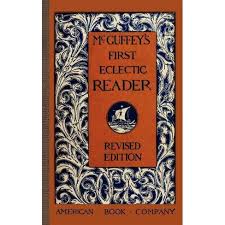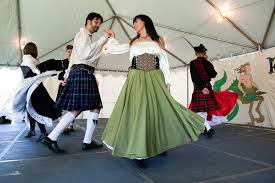Catherine McKinley
On March 17th, there is an option to celebrate with the “invisible Irish,” the “Ulster Scots” or, as they are more commonly known, the “Scotch-Irish.” So, persons who step back to Ireland seeking their ancestors are encouraged to take one step farther back as they, then, might find Scotland is their family’s starting point.
These are Scots who moved to Ireland about 4 centuries ago, later re-locating to other nations including Canada and the United States, especially the Southeastern Area. The largest Scottish migration to Ireland occurred in the 1690’s. Tracing family history for those who are of Scotch-Irish ancestory has, and is, made easy because Scotch-Irish families, being very thrifty, kept letters and other documents.
The Scots re-locating from Ireland to North America included the settlers of Jamestown, named after King James VI of Scotland. After the death of Queen Elizabeth I, when England was united with Scotland, he became King James I of Great Britain; the first of the Stuart monarch line.
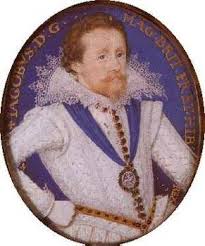
There was a large wave of migration to US colonies from 1717 – 1775 after which they comprised 15% of the total population. Known for being of hearty, feisty stock, General George Washington packed his army with as many as he could find. A Hessian officer even referred to the American Revolution as a “Scotch-Irish Presbyterian rebellion.”
The Scotch-Irish of North Carolina actually passed a “Resolution of Independence” in 1775, a full year before the formal all-colonies Declaration of Independence in 1776. In fact, three Scotch-Irish men were directly involved; it was handwritten by Charles Thompson, printed by John Dunlap and given its first public reading by John Nixon. Some of the especially prominent Scotch-Irish historical figures include none other than (above) Ulysses S. Grant, Davey Crockett, Horace Greeley and Stephen Foster. Another is William Holmes McGuffey, author of the famous McGuffey Readers used extensively in the early grades during the 1800’s.
So, on and near March 17th, in addition to events of specific Irish flavor, there are, also, general Celtic Celebrations shared by all the nations which were settled by the Celts. They are: Scotland, Ireland, Wales and Cornwall. While Cornwall is, technically, a county on the Southwest tip of England, it possesses some privileges of a sovereign nation. However, most Celtic Festivals feature predominately Irish and Scottish attractions.
